Early voting has begun in New York, and I imagine in many other states as well. Even though I’m not affiliated with a party, I’m being inundated with postcards and mail from the various candidates running for various offices in our town and county. They go right into the recycling bin, and I scroll past the ads and posts on social media when I see them.
The vitriol, the name calling, the trashing and you-name-it have risen to heights Or depths) that I’m not sure even Thomas Jefferson and John Adams (who certainly had plenty to say about each other) reached. There’s almost always a kernel of truth in the various accusations, but they get blown out of proportion on black or navy blue card stock with red, yellow and white printing.
This past week, we read the Torah portion that begins with a man named Noah, who is “righteous and wholesome in his generation.” Was he an upstanding guy in a pretty good society, or the best of a bad bunch? Did he manage to maintain a relationship with the Divine and not engage in the violent behavior that seemed to be consuming the earth at that time? Our commentators are divided.
The Flood and its aftermath are often considered to be a second creation story; God begins again starting with Noah and his family, and all of the animals they had taken with them. Rabbi Jonathan Sacks’ z”l in his Torah commentary called Judaism’s Life-Changing Ideas, compares Genesis Chapter 1 with Chapter 9, with respect to humans being created b’tzelem Elohim, “in God’s image.” He points out that in Chapter 1, I was created in the Divine image, and in Chapter 9, God admonishes people to not murder because the other person is made in God’s image.
When we’re able to look into the face of a person–with whom we disagree, who we don’t particularly like, whom we fear– and see the face of the Holy One, we can, as Rabbi Sacks says, enlarge our world.
It’s not easy, and no one said it would be, but isn’t it worth a try?


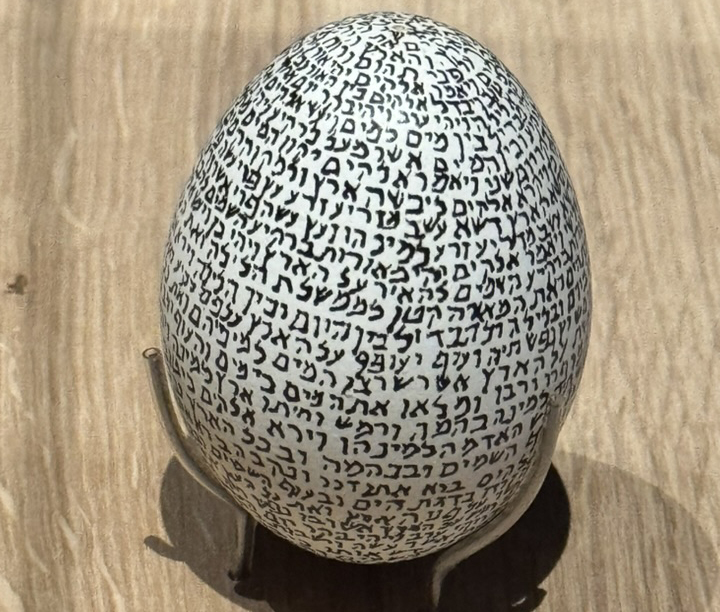
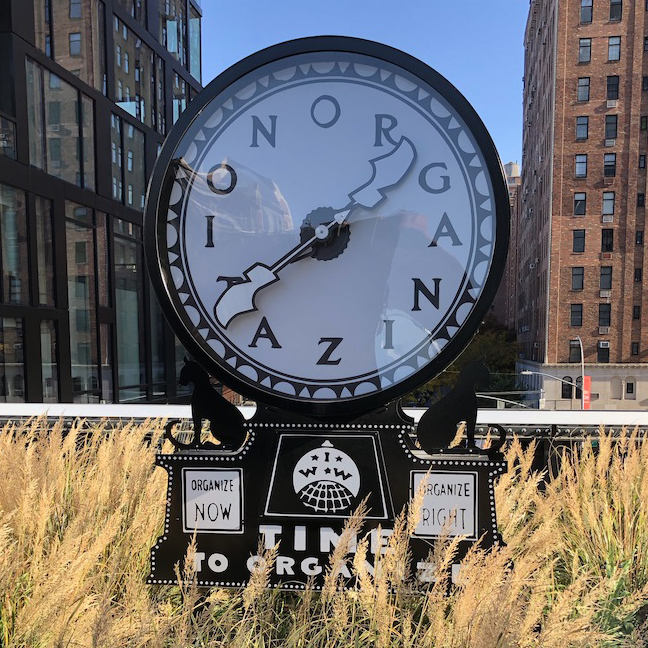
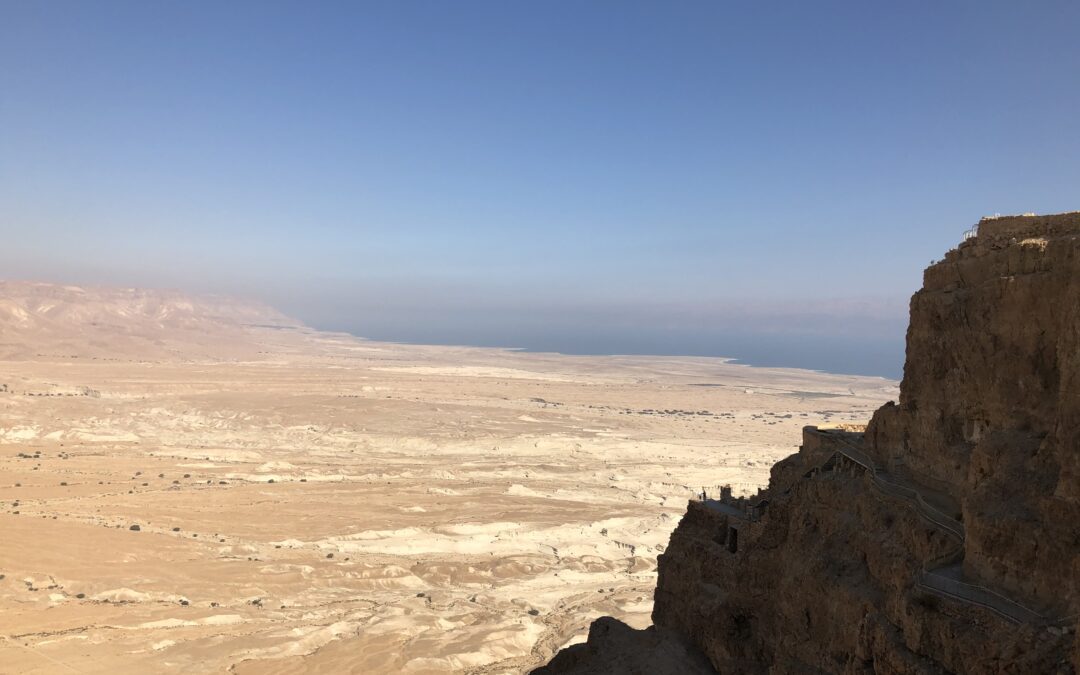
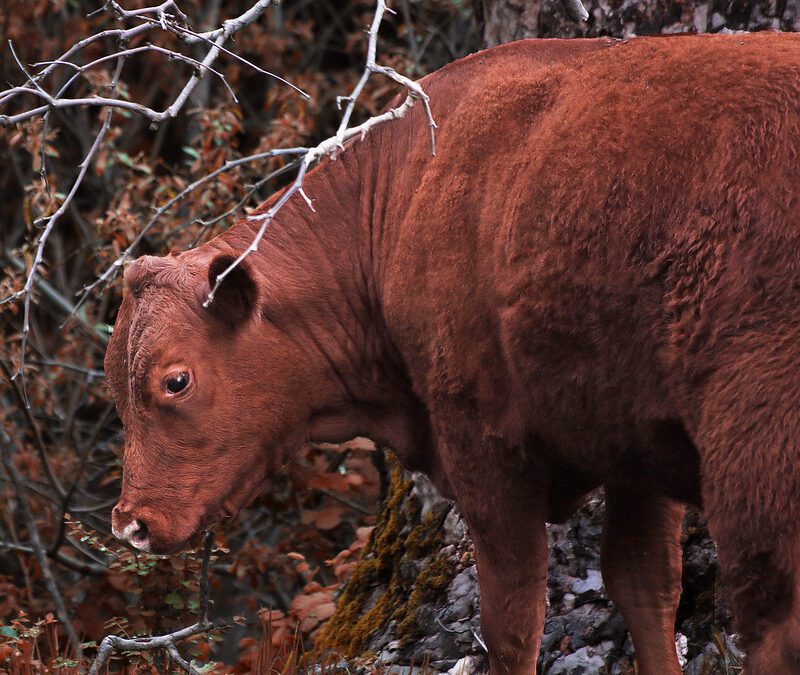
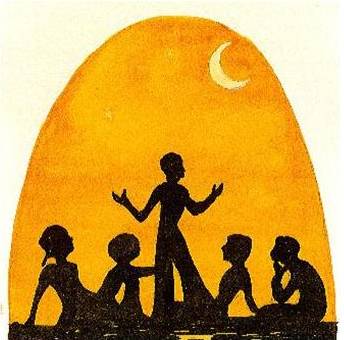
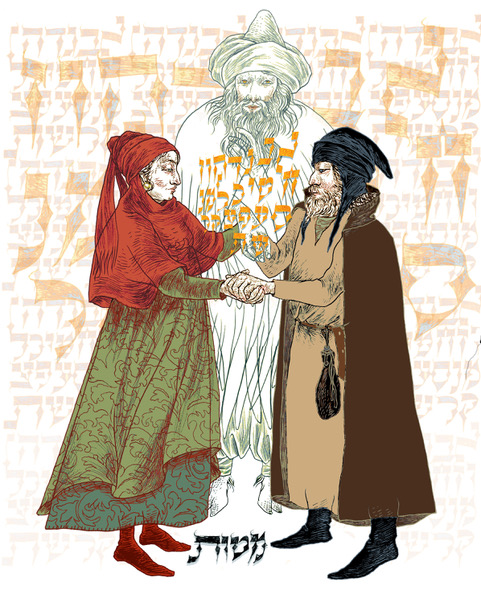
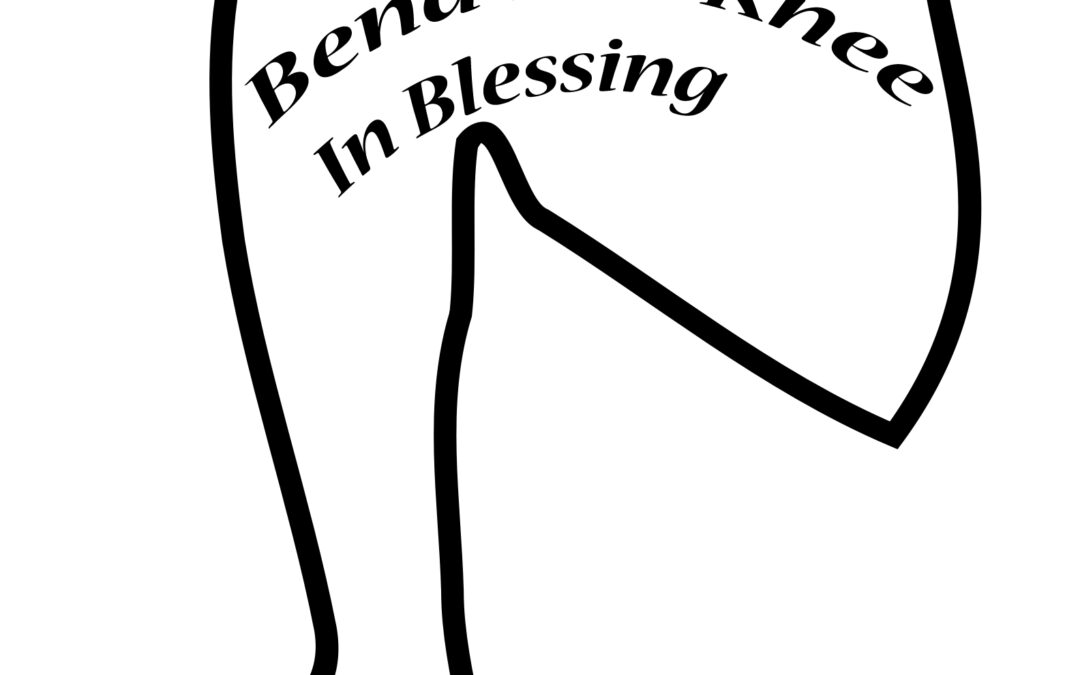

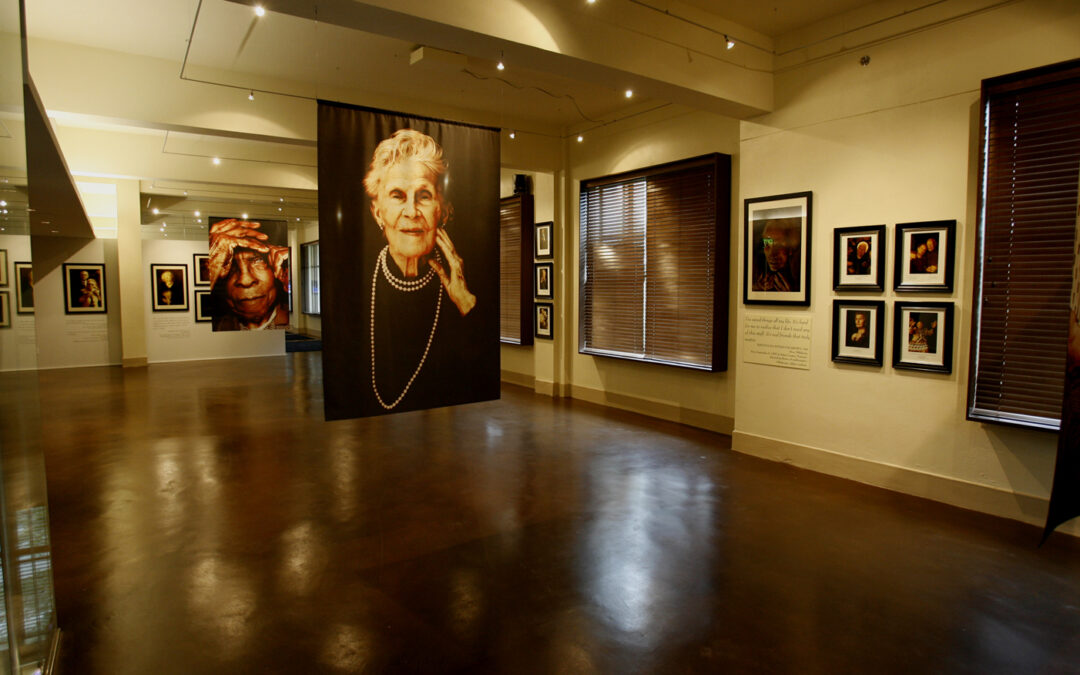
0 Comments